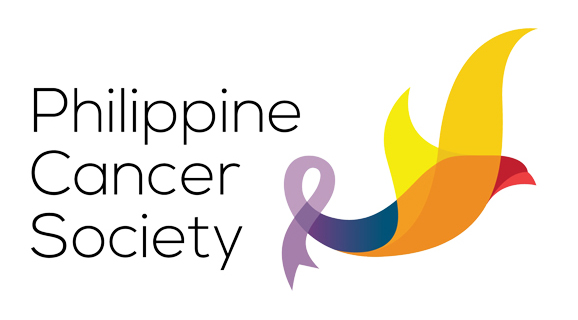The PCS Cancer Prevention Guidelines are in 3 categories:
PRIMARY CANCER PREVENTION GUIDELINES
Primary prevention of cancer is the prevention of cancer in an individual who does not have the disease. The PCS has primary prevention guidelines on:
- Lung Cancer
- Uterine Cervix Cancer
- Liver Cancer
- Oral Cancer
- Testis Cancer
- Skin Cancer
SECONDARY CANCER PREVENTION GUIDELINES
Secondary prevention of cancer is the early detection of cancer in an individual who has the disease but is asymptomatic for it; disease is at the pre-clinical stage.
Screening is the presumptive identification of unrecognized disease or defects by means of tests, examinations, or other procedures that can be applied rapidly among asymptomatic target population on a large scale.
PCS has secondary prevention guidelines for:
- Cervix cancer
- Breast cancer
- Colon cancer
- Recto-sigmoid colon cancer
- Prostate cancer
- Oral cavity cancer
- Stomach cancer
TERTIARY CANCER PREVENTION or CLINICAL TREATMENT GUIDELINES
Tertiary cancer prevention or better known as clinical treatment is the treatment of symptomatic clinical cancer to prevent disease progression or complication/s.
The Philippine Cancer Society Guidelines are constructed using the Clinical Algorithm Standards of the Society of Medical Decision Making. These charts are made of conditional logic (if/then) statements that have been mapped out. In navigating through these maps, 4 kinds of symbols are used:
Clinical State Boxes (rounded rectangles) – These boxes define the clinical state or problem. They have only one exit path, and may or may not have an entry path. Clinical state boxes always appear at the beginning of an algorithm.
Decision Boxes (hexagons) – These boxes contain a question (?) that is answerable by yes or no. Two alternative paths always branch out from these boxes – the “yes” (Y) path usually exists to the right, while the “no” (N) path usually exits downwards. Decision boxes always have an entry path.
Action Boxes (angles rectangles) – These boxes contain an action, commonly either therapeutic or diagnostic in nature. They may not have an exit, but they always have an entry path.
Link Boxes (small ovals) – These boxes are used to link algorithms that cannot fit in a single page, to maintain path continuity.
Annotations ((A), (B), (C)…) are given as needed for a particular algorithm. The algorithms are so designed so that a large majority of patients presenting with a particular oncology problem can be handled with a minimum of tests, interventions or referrals, particularly in consideration of the Philippine setting. They serve as guidelines to the management of common oncology problems (with typical presentations), aiding the thinking process of the physician. It must be added, however, that some patients have clinical cancer presentations that are atypical, hence the need for other diagnostic procedures that may not be mentioned in the algorithms.
The major resource and reference of the cancer treatment guidelines is the National Comprehensive Cancer Network Clinical Practice Guidelines in Oncology (NCCN). For further information go to http://www.nccn.org/
PCS has Tertiary Cancer Prevention algorithms for:
Primary Cancer Sites
- Breast
- Lung
- Lymph Node, Primary
- H & N, un-resectable
- Nasopharynx
- Esophagus
- Stomach
- Colon
- Rectum
- Liver
- Pancreas
- Ovary
- Uterine Fundus
- Uterine Cervix
- Prostate
- Testis
- Renal
- Urinary Bladder
- Soft Tissue
- Bone
- Brain
- Unknown Primary
- Palliative Management – Advanced Cancer
Oncologic Emergencies
- Superior Vena Cava Syndrome
- Spinal Cord Compression
- Malignant Pleural Effusion
Supportive Care
- Cancer Pain
- Chemotherapy-induced Anemia
- Chemotherapy-induced Neutropenia
- Chemotherapy-induce Emesis

